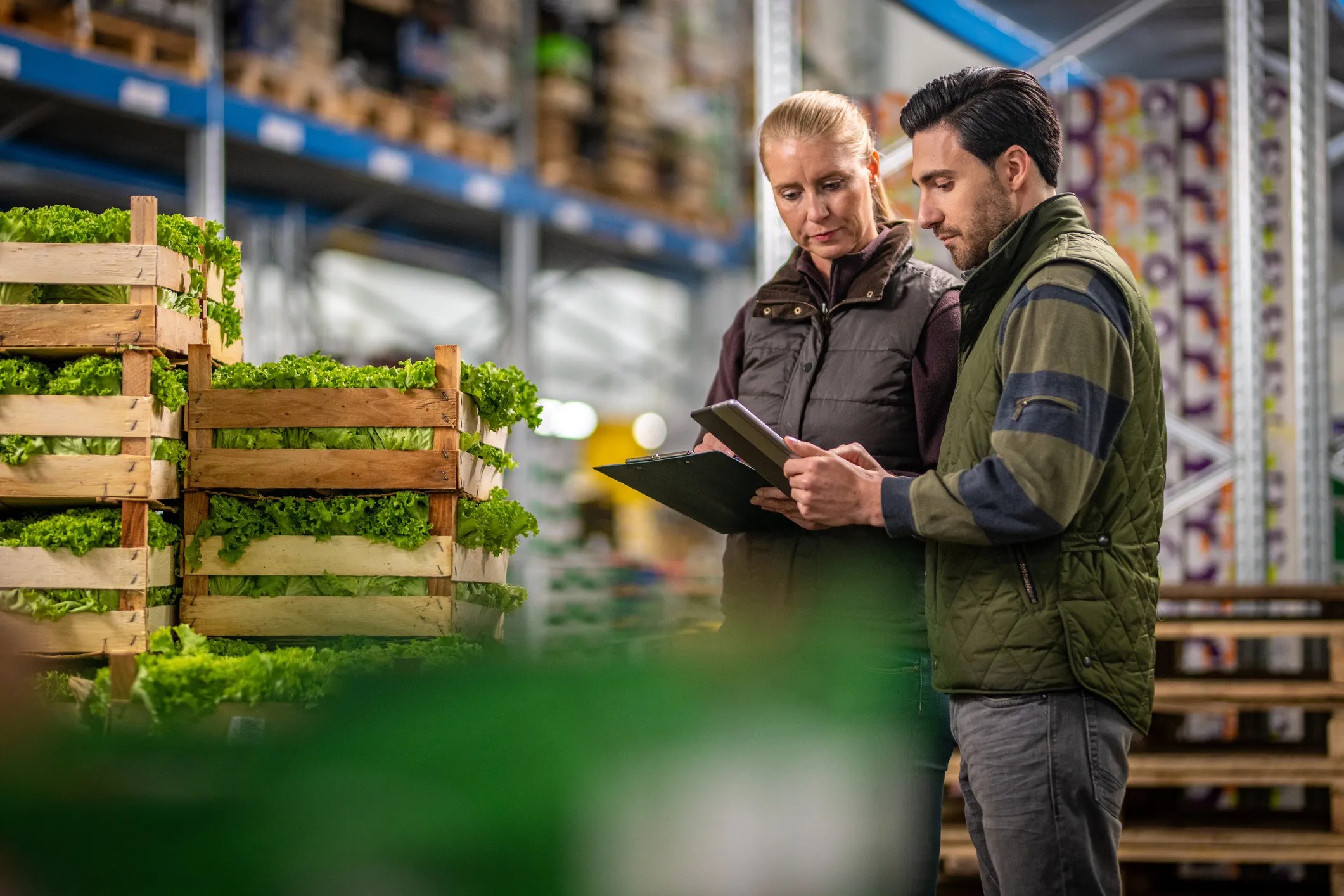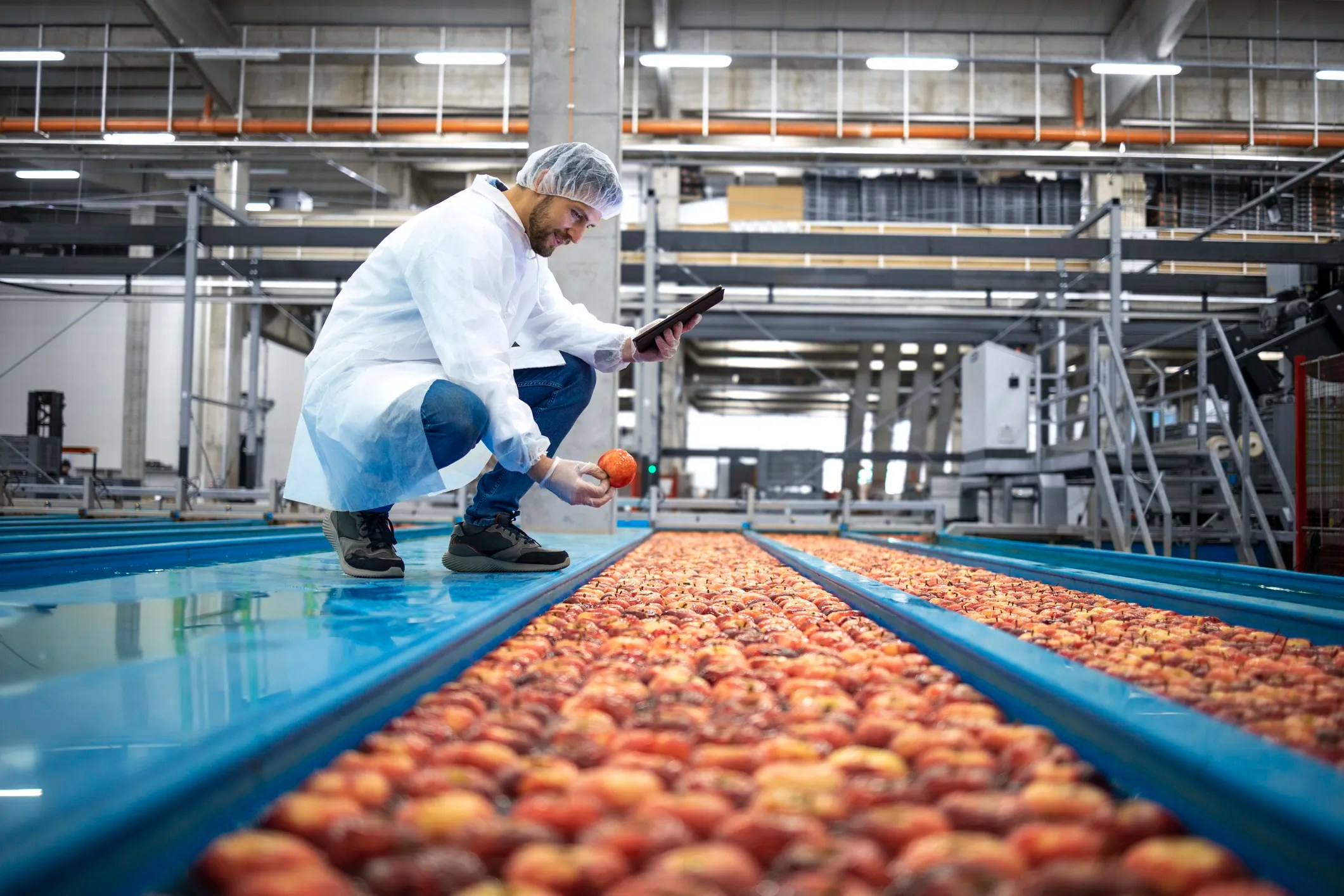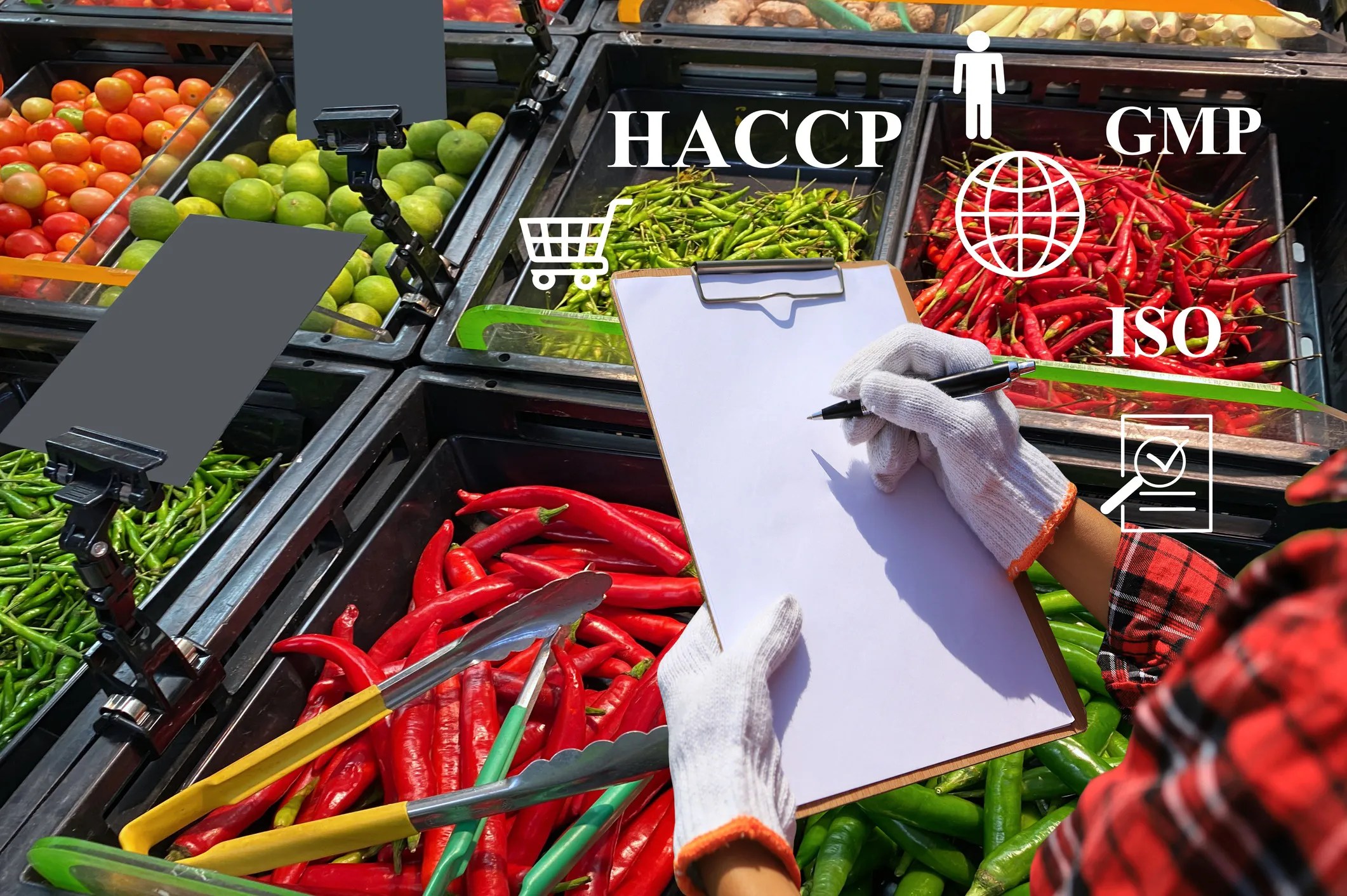Food Standardization: Why Safety & Quality Matter Globally

Since the beginning of human history, food safety has been a concern. In fact, it is believed that the first English food law—the Assize of Bread—was proclaimed by King John of England in 1202, prohibiting adulteration of bread with ingredients such as ground peas or beans. American colonists brought the Assize of Bread to the New World and made it law in 1646. This law was passed in 1785 and is believed to be the first general food safety law in the United States; it regulated all local food sales, regardless of where the food came from. Needless to say, people have always needed safe and healthy food.
What Is Food Product Standardization and Why It Matters
Standardization refers to the process of developing and implementing uniform guidelines, regulations, and procedures across all aspects of the food industry—including food manufacturing, packing, and distributing. Standards are designed to minimize the risk of foodborne illnesses and other health hazards associated with the consumption of contaminated food. Ultimately, the standardization in food safety is an essential aspect of assuring the safety, quality, and consistency of the food we consume each day.
A History of Food Standardization: From State Laws to FDA and HACCP
The history of food standardization around the world includes state laws, the Association of Official Agricultural Chemists (AOAC), the Food and Drug Administration (FDA), and the Hazard Analysis and Critical Control Point (HACCP) approach.
- State Laws: The first food standards were state laws that protected local agricultural products from imitations, such as pure Vermont maple syrup from deceptive imitations.
- AOAC: The AOAC established the first national food standards committee in 1897, and the AOC worked to establish and promote uniform methods of food analysis.
- FDA: President Abraham Lincoln formed the U.S. Department of Agriculture (USDA) and appointed chemist Charles M. Wetherill to lead the Division of Chemistry, which would become the Bureau of Chemistry in 1901 and the FDA in 1906.
- FD&C Act: In 1938, Congress passed the Federal Food, Drug and Cosmetic Act, which authorized the FDA to create food standards.
- HACCP Approach: Pillsbury developed the HACCP approach in the 1960s to help NASA improve food safety for space food, and in 1971 HACCP was presented to the food industry at the National Conference on Food Protection
The Pure Food and Drug Act of 1906: Foundation of FDA Food Safety Standards
The United States Pure Food and Drug Act of 1906 marked the beginning of modern food safety standards, helping establish regulatory agencies like the Food and Drug Administration (FDA). The FDA began establishing Standards of Identity (SOIs) in 1939 to define food ingredients, production methods, proportions, and other characteristics. The FDA’s standards were based on recipes that specified the level of ingredients that should be in a food. For example, in 1939, the FDA issued the first food standards for canned tomatoes, tomato purée, and tomato paste. By 1950, about half of the consumer food dollar was spent on foods that were governed by food standards (or standardized). Now, the FDA has established SOIs for more than 250 foods, including milk, peanut butter, and ketchup.
While the United States has the FDA to oversee food safety, other countries have similar agencies and laws regulating the safety of food. This helps raise the standards for food quality around the world.

What Are Examples of Global Food Product Standards Used Today?
Here are some well-known global food safety standards used worldwide today to assure the safety, quality, and hygiene of food products:
Codex Alimentarius (Codex)
Codex Alimentarius, often just called Codex, is a collection of internationally recognized standards, guidelines, and codes of practice related to food safety and quality. Codex develops harmonized food standards that countries around the world use to ensure their food products are safe, properly labeled, and fit for consumption. It was established in 1963 by two United Nations organizations: The Food and Agriculture Organization (FAO) and The World Health Organization (WHO).
ISO 22000: Food Safety Management Systems
The International Organization for Standardization (ISO) publishes global standards that support food safety management systems, including ISO 22000, which sets requirements for food safety management systems. ISO 22000 Integrates principles of HACCP and general management system requirement.
You can learn more about ISO 22000 in our blog post: Changes to ISO 22000:2018 – Food Safety Management Systems (FSMS) Requirements.
BRC Global Standard for Food Safety
Originally developed in the UK, the British Retail Consortium (BRC) is now used worldwide, especially by suppliers to major retailers. The BRC Global Standard for Food Safety is a certification program that sets out requirements for food manufacturers to assure the safety, quality, and legality of their food products.
IFS (International Featured Standards)
International Featured Standards (IFS) is a set of globally recognized standards that ensure the safety, quality, and compliance of food and non-food products. IFS is focused on food and consumer goods supply chain standards and programs for companies seeking safe and high-quality products to meet consumer needs.
HACCP (Hazard Analysis and Critical Control Points)
Originally developed for NASA’s space missions, Hazard Analysis and Critical Control Points (HACCP) is now a global standard and a foundation for many food safety regulations and certifications. HACCP is a preventive food safety system that identifies, evaluates, and controls hazards that are significant for food safety.
SQF (Safe Quality Food)
Safe Quality Food (SQF) is a globally recognized food safety and quality management system that aims to ensure safe and high-quality food is produced, stored, and distributed to retailers and consumers. It is based on the HACCP principles. It is managed by the Food Marketing Institute (FMI) and is especially popular in North America.

How Is Food Standardization Achieved?
Food standardization is achieved through a set of processes, rigorous testing, and compliance enforcements designed to assure that food products consistently meet defined quality, safety, and composition criteria. Here’s a breakdown of how it’s generally done:
- Setting Standards: Regulatory bodies or standard organizations (like the FDA, USDA, Codex Alimentarius, ISO) develop detailed standards for different food products. These standards specify acceptable limits for ingredients, food composition, contaminants, nutritional content, labeling, packaging, and hygiene.
- Quality Control and Testing: Manufacturers implement strict quality control protocols to ensure every batch of food meets the standards. This includes routine testing for microbiological safety, chemical residues, physical properties, and sensory characteristics.
- Standardized Recipes and Processes: Food producers use standardized recipes, raw material specifications, and processing methods, helping assure menu items are consistent in quality each time they are prepared.
- Good Manufacturing Practices (GMP) and Hazard Analysis Critical Control Points (HACCP): Implementing GMP and HACCP systems helps monitor critical points in food production to prevent contamination and deviations from standards.
- Certification and Compliance Audits: Independent bodies often certify that food products meet certain standards. Regular audits and inspections assure ongoing compliance.
- Labeling and Documentation: Clear labeling about ingredients, nutrition, and origin ensures transparency and helps maintain standardization by providing traceability.
Why Food Standardization Matters for Safety and Quality
Food standardization is essential for assuring both food safety and quality as it contributes to a safer, more reliable, and more trusted food system for producers and consumers alike. The wide range of benefits of food standardization (as well as food safety regulation) include the following:
- Safety: Assures food is safe for consumption by meeting regulatory requirements
- Quality: Assures food is consistently high quality, enabling producers to follow a set of guidelines and protocols
- Trust: Builds trust between producers and consumers
- Efficiency: Allows producers to streamline their processes and reduce waste
- Cost Savings: Businesses with standardized processes can save money
- Global Trade: Standardization assures that products meet the requirements of different countries, enabling them to be exported and imported without issue
- Brand recognition: Helps consumers develop loyalty to a brand
Ultimately, food standardization is critical for protecting the health and well-being of consumers around the world.






